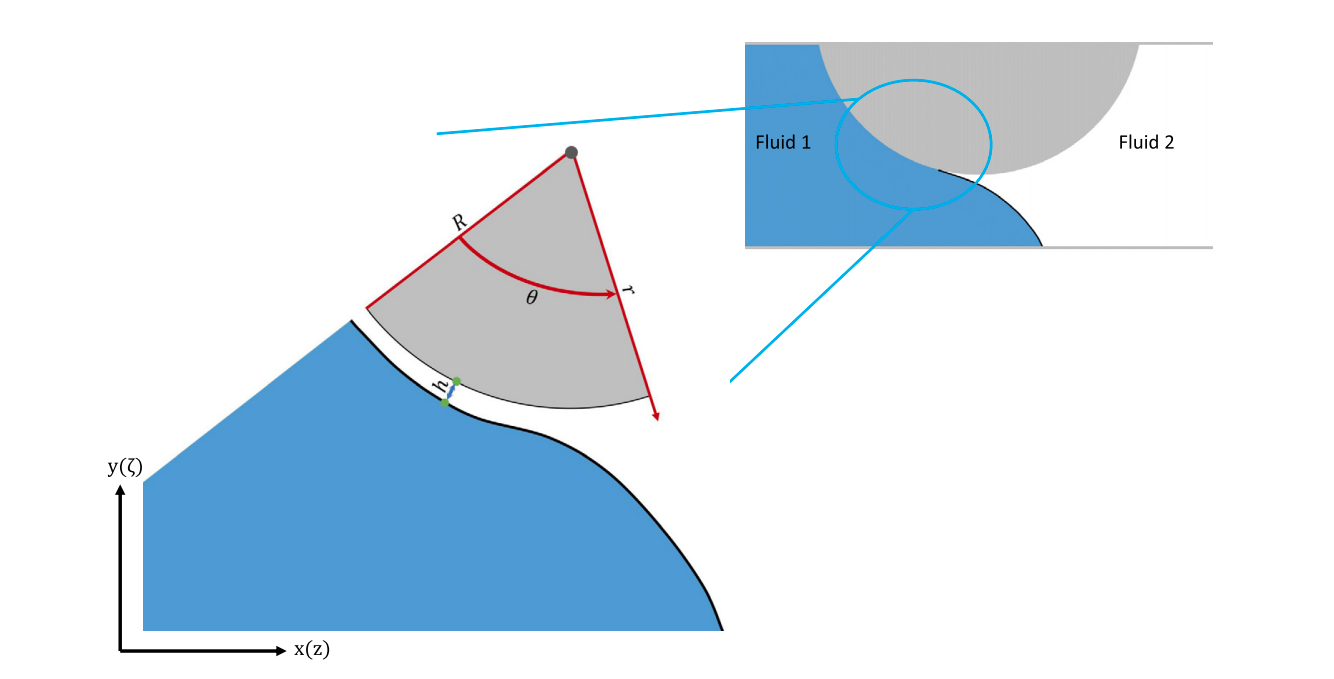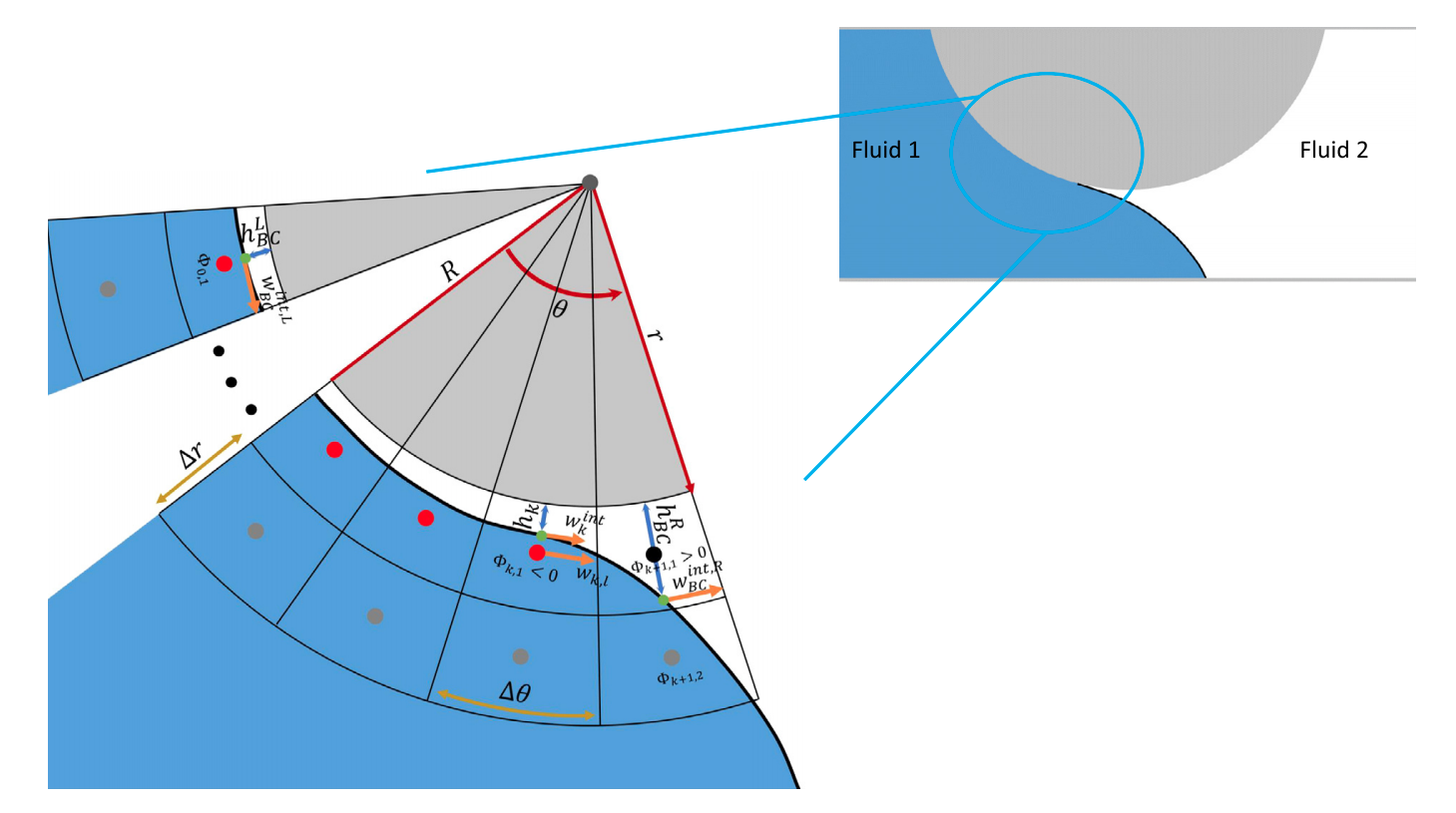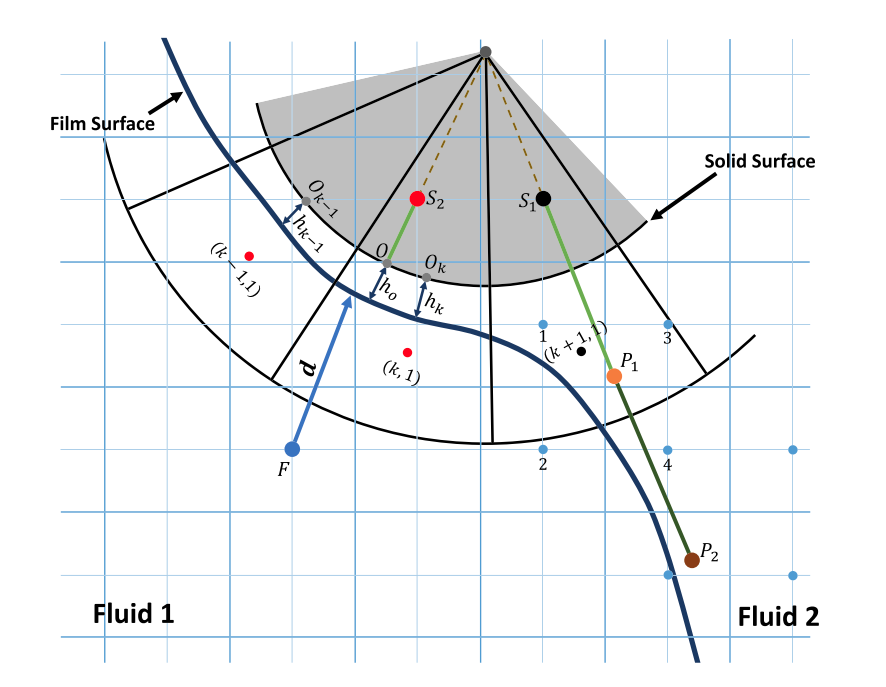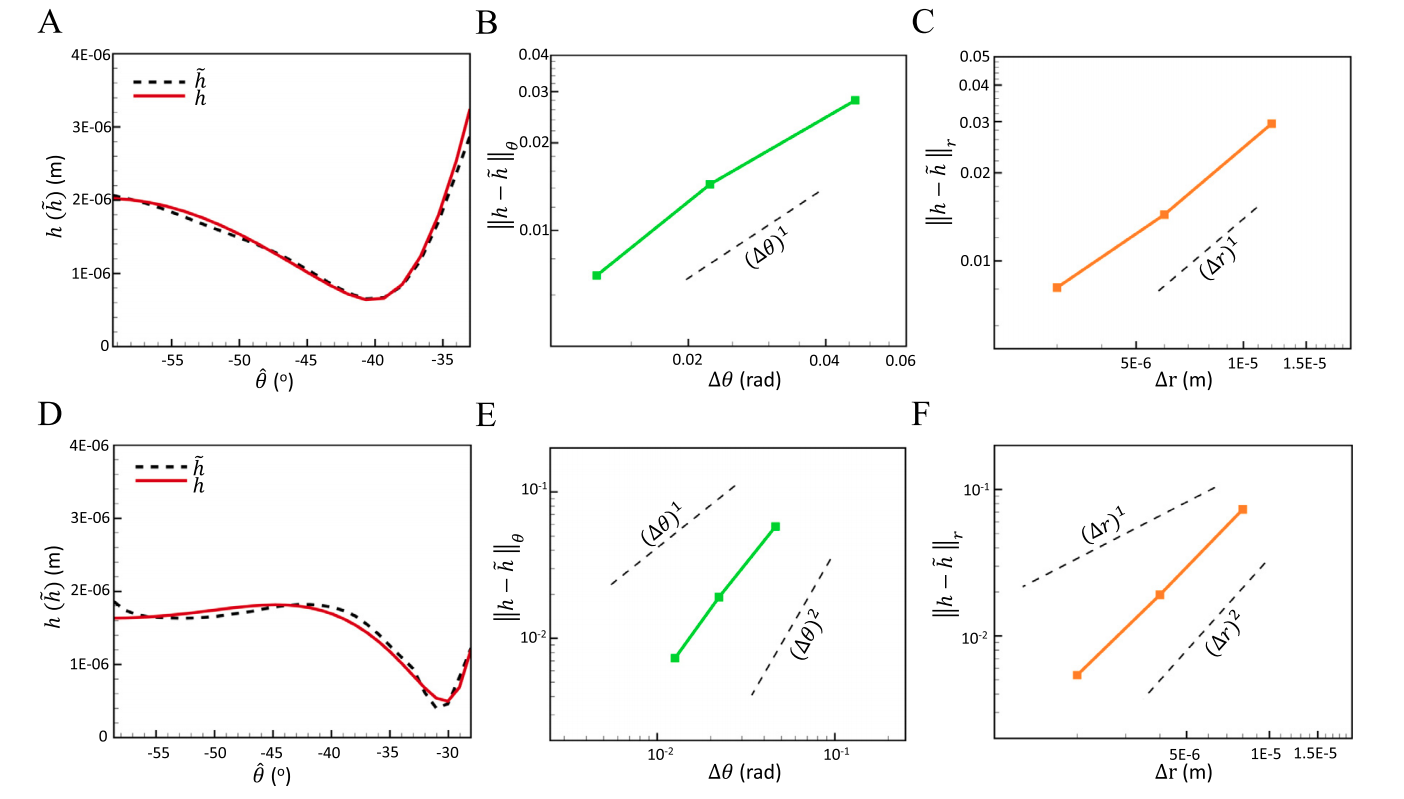

Journal of Computational Physics - doi: 10.1016/j.jcp.2020.109464
Authors - Zhipeng Qin, Soheil Esmaeilzadeh, Amir Riaz, and Hamdi A. Tchelepi
Abstract - Complex solid geometries, subgrid thin films, and interfacial deformations are critical for studying multiphase flows in porous media. However, it is challenging to accurately predict the flow evolution in porous media because of the difficulties in capturing the fluid-solid and fluid-fluid interactions in complex-shaped confinements at the pore-scale. In this work, we propose a multiscale continuum framework enabling the accurate simulation of the multiphase flow physics in complex porous media. Within this framework, we couple an efficient and accurate incompressible Navier-Stokes solver developed on a fixed Cartesian grid with a level-set method designed for capturing the interface between immiscible two-phase flows at low Capillary numbers. To capture the effects of complex solid boundaries on the flow dynamics, we employ an immersed boundary method based on a direct forcing approach. Most importantly, we develop a subgrid-scale thin-film model on a cylindrical coordinate around the curved solid surfaces to resolve the thin liquid films below the grid resolution and capture their effects on the fluid-fluid interfaces. The proposed multiscale framework illustrates how the embedded subroutines such as the level-set approach, the immersed boundary method, and the thin-film model can be coupled in order to capture the crucial physics involved in multiphase flow within porous media at different length scales.
Keywords: Multiphase flow, Porous media, Immersed boundary method, Level-set method, Thin films, Curved solid surfaces

Fig.1. Zoomed in meniscus profile around a spherically curved surface, illustrating the computation of the thin-film thickness, $h$, based on multiscale coupling $r−\theta$ cylindrical coordinates and $x−y$ Cartesian coordinates or $z-\zeta$ axisymmetric coordinates.


